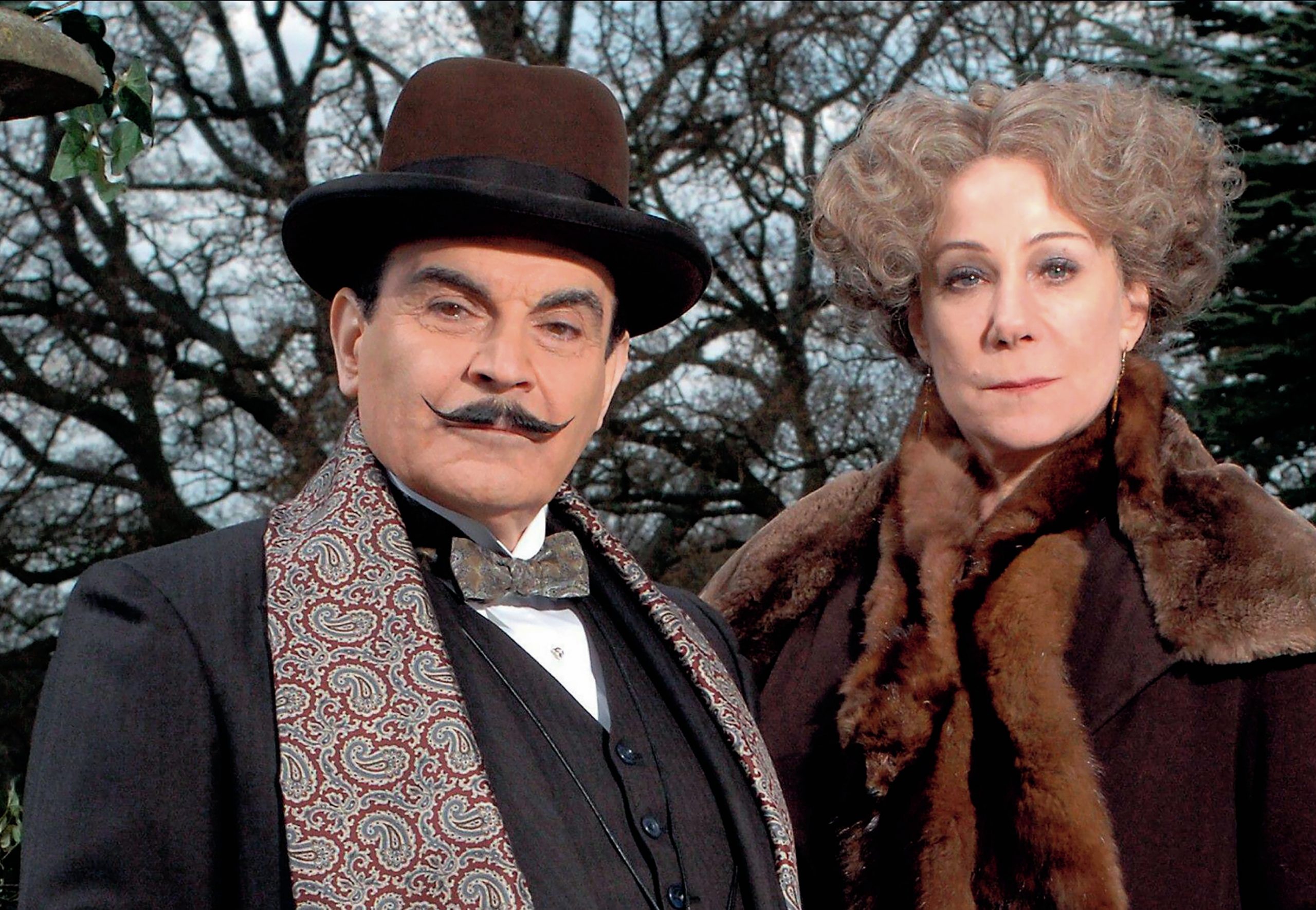
In Greek mythology Ariadne is the daughter of King Minos of Crete. After falling in love with Theseus, she helps him to defeat the Minotaur. The cunning idea of unravelling a ball of thread to avoid becoming lost in the labyrinth is hers, and she also provides the sword with which Theseus kills the monster. After they elope, however, Theseus repays Ariadne by abandoning her on the island of Naxos.
Agatha Christie’s naming of Hercule Poirot’s crime novelist friend, Ariadne Oliver, after this mistress of mazes, puzzles and labyrinths is significant, while their very unusual first names strengthen the notion of a link between the novelist and the character. Mrs Oliver is in fact a classic example of the self-insertion trope: a character used as a stand-in by and for the writer herself.
Your organisation does not have access to this article.
Sign up today to give your students the edge they need to achieve their best grades with subject expertise
Subscribe




